Wool: A love story
We love natural wool.
Raw.
Rustic.
Real.
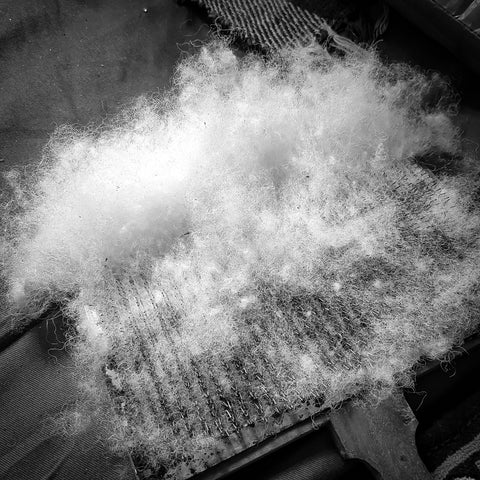
Distinct.
We love how the unique character of a sheep's fleece is translated into the way a garment looks and feels, through the process of being turned into yarn and being knit or woven into a beautiful and functional textile.
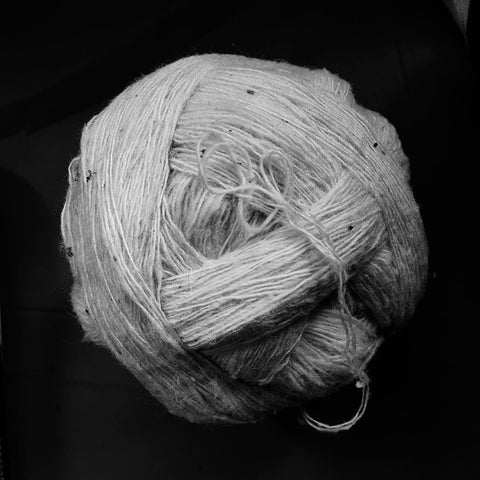
Depth.
We love the play of colour, texture and pattern intermingling with the fibre.

Wool is a natural, breathable fibre.
It carries the ability to both warm and cool the body, and it is fully biodegradable.
Did you know?
......from sheep to sweater to soil.
At the end of a long and well-used life as your favourite sweater or pair of socks, you can turn your wool garment into food for the earth, as compost?
From the land, and back to the land.
Read more about compostability in our care section.
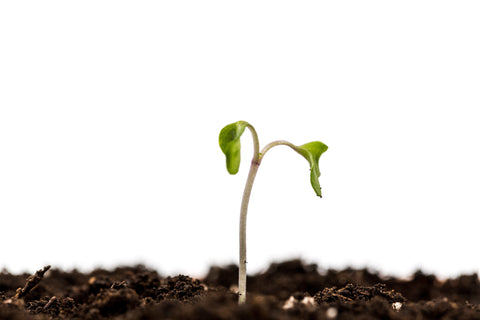
There are more than 1400 documented breeds of sheep, all with different fleece characteristics, both aesthetic and functional.
Each breed is uniquely suited to the landscape of its origins.
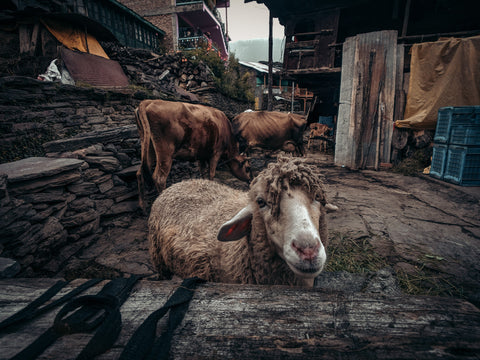
Local Indigenous Wool
The sheep that produce the wool we use in our garments and homewares are grazed in the mountains surrounding the Kullu Valley where our artisans live, by semi nomadic shepherds that belong to traditional pastoralist communities.
We create our textiles out of wool from two different breeds of sheep:
1. Gaddi, a local Himalayan Desi sheep breed. Desi means local or indigenous to India. We use this longer fibre wool in garments that need to be more durable, like socks and legwarmers.
and
2. Gaddi sheep that have been crossbred with fine wool sheep breeds such as merino and rambouillet. We use this shorter and softer fibre wool for our next-to-skin garments.
The collaboration between Rani & Reine and Kullvi WHIMS aims to bolster the rebuilding of rural networks between the local shepherd communities and the village artisans in the Kullu Valley, putting local indigenous wool back in the spotlight, and building a thriving rural natural fibre and craft economy.
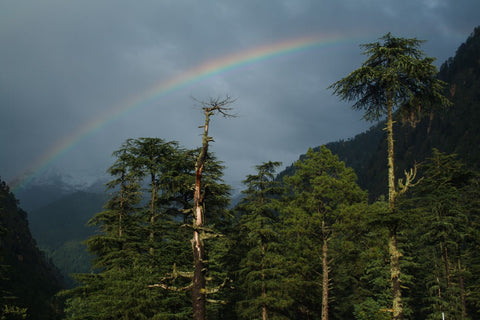
Preserving Colour Diversity
We feature undyed naturally occurring black, brown, grey and white sheep’s wool in our designs. It is our intention to shine a light on the beauty of the natural colour variation that is found in sheep’s wool.
Curious about why this is important?
Did you know that beautiful shades of grey, black and brown wool are often landfilled or burned due to less market demand? In fact, overall, much of the wool produced globally is thrown away. Industry prefers consistent breed-specific white wool - both for dyeing purposes and yarn uniformity. This has a particularly detrimental effect on local wool producers. Often it's cheaper for farmers to throw wool away than to sell it.
In Himachal Pradesh, the different shades of wool found naturally in sheep are prized for their unique colours and character. We feel the same way.
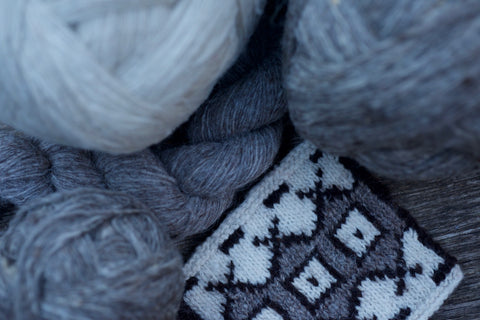
Naturally Dyed Collection
We incorporate natural plant dyes into our collections. Our artisan partners at Kullvi WHIMS dye our wool with local wild-harvested plants such as walnut hulls and leaves, berries and barks and food waste such as onion skins.
Special care is taken during foraging to protect the biodiversity of the meadows and forests, by not over-harvesting.
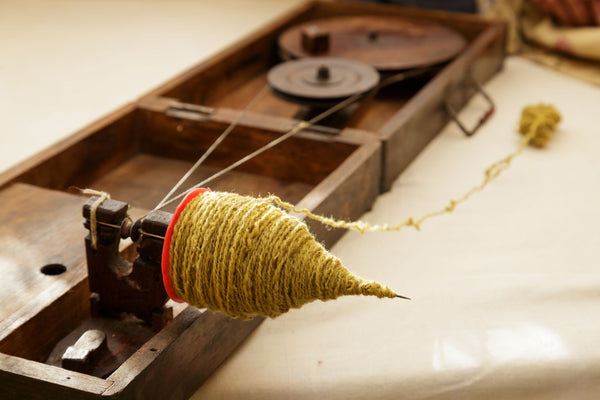
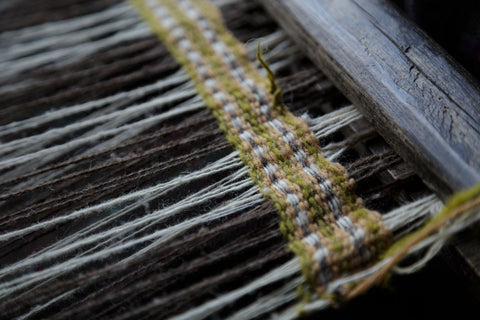
Our first collection:
Deodar by RANI & REINE
Beautiful and unique textiles, made from natural Himalayan sheep’s wool that has been minimally processed.
A collaboration with a grassroots collective of 9 artisan women who live in Himachal Pradesh, India, to craft an exclusive collection of wool accessories and homewares by hand.
Sign up for our newsletter to hear about our Fall 2021 launch!
